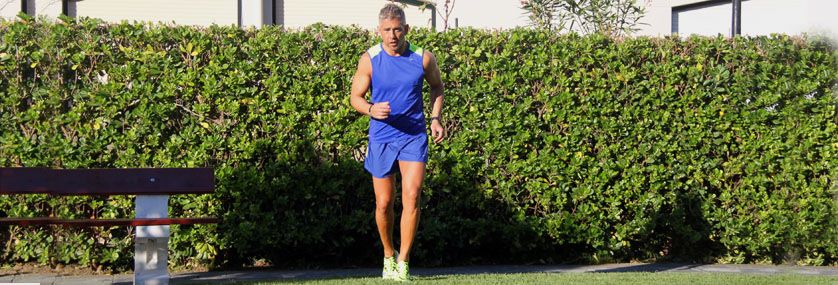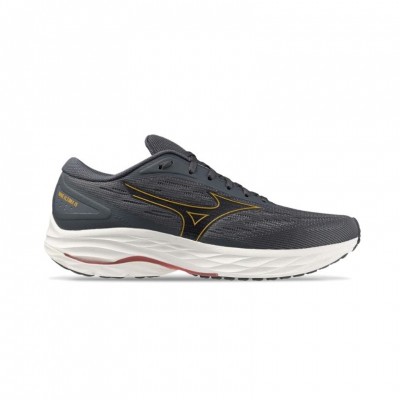Running, the basic training, the starting point of the preparation of any runner, from middle-distance runner to marathon runner, professional and popular athletes. We know the importance of running to build a base, to improve aerobic endurance, and then start with changes of pace, intervals, hills, series, and all kinds of training, but do we know how to run? Do we know how to do running training?
We usually pay more attention to how to correctly perform series, hills or fartlek: we calculate rhythms, repetitions, rests, etc, but we tend to downplay the importance of this type of training when in fact it has at least as much as any other.
You may be interested in:
A great popular runner specializing in cross country and 3,000m steeplechase said, quite rightly, that in any preparation "you have to master the running time". Here he was referring to athletes who move between 5 and half marathon races, but this phrase is useful to highlight the idea that mastering the running time, that is, knowing how to do it (and putting it into practice) depending on what we are interested in, is a fundamental part of success in achieving our goals.
Another popular great often says a phrase that may sound like a "truism", but that in its simplicity encloses a great truth:
"The most important thing in running is to run (roll)." And to know how to do it.
Saving the distances we could consider the competition, the race, as a shooting, yes, at the maximum pace that allows us the particular distance, but also going at a more or less uniform pace (and strong) and trying to finish at the top.
Except for the days when we go out with the sole or main objective of clearing our heads, to do a few quiet kilometers or to share some time in company, the running should be done in a way that adds up, that positively contributes something, in the same way as a fartlek or a few slopes.
Many athletes, in order to know their state of fitness, in addition to performing the different tests that exist, trust a lot and it gives them confidence to have managed to complete a good training run with good sensations, feeling the stride, the rhythm and going for more. At the end of the day, that's what we have to do on D-Day.
We have already mentioned that we are referring to the runs that are carried out within a preparation in which there are also other types of training, changes of pace, series, slopes and so on. In the same way, it would be necessary to define what type of training is the most appropriate depending on the needs of the session: at what pace, how long, in short: what am I looking for?
The key to training
As a general rule, a training session, INDEPENDENT OF THE PACE AND LEVEL OF THE ATHLETE, should be at a fairly constant pace and slightly progressive at the same time, i.e., between the first and last kilometers the difference in pace should not be great, and from one kilometer to the next rather small.
Factors to take into account
Always take into account factors that cause differences in the pace that we must learn to know how to interpret such as:
The wind (with or against, strong or soft): do not fight with it when it comes against us because it is a useless wear and tear and we must take advantage of it when we have it in favor to go slightly faster, but without extra expense.
The slopes that we can find (uphill and downhill more or less strong): if we reach a long slope not very pronounced, it is best to slow the pace slightly to not punish us too much or raise much of pulsations so that when we reach the top we have not lost much time while we have not spent too much energy. Likewise, when descending, we should not take advantage of the opportunity to rush because the hamstring area may suffer, especially in the final minutes of the run.
The type of terrain (if we go from asphalt to dirt, pavement, etc.): We have all experienced the difference it makes to move over surfaces as disparate as asphalt or grass (although it often seems to us that Africans go as fast on cross country as they do on the road, they feel it too).
So, if we want to do a good running session, whether soft, medium or fast (depending on our rhythms and our goal) and get the most out of it, we must pay attention to it just as we do with the hated and/or beloved series.
By the way, I leave you a question in the air, is it necessary to warm up before a run?
Read more news about: Running Training



















